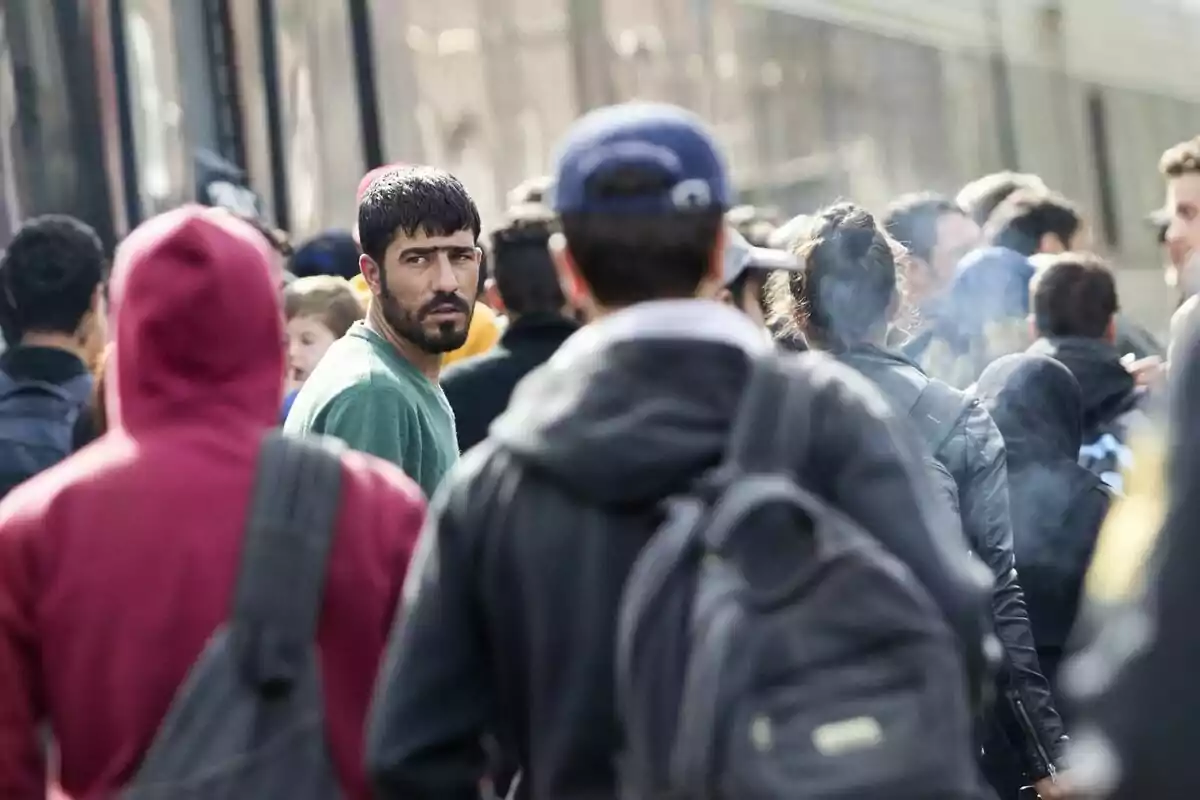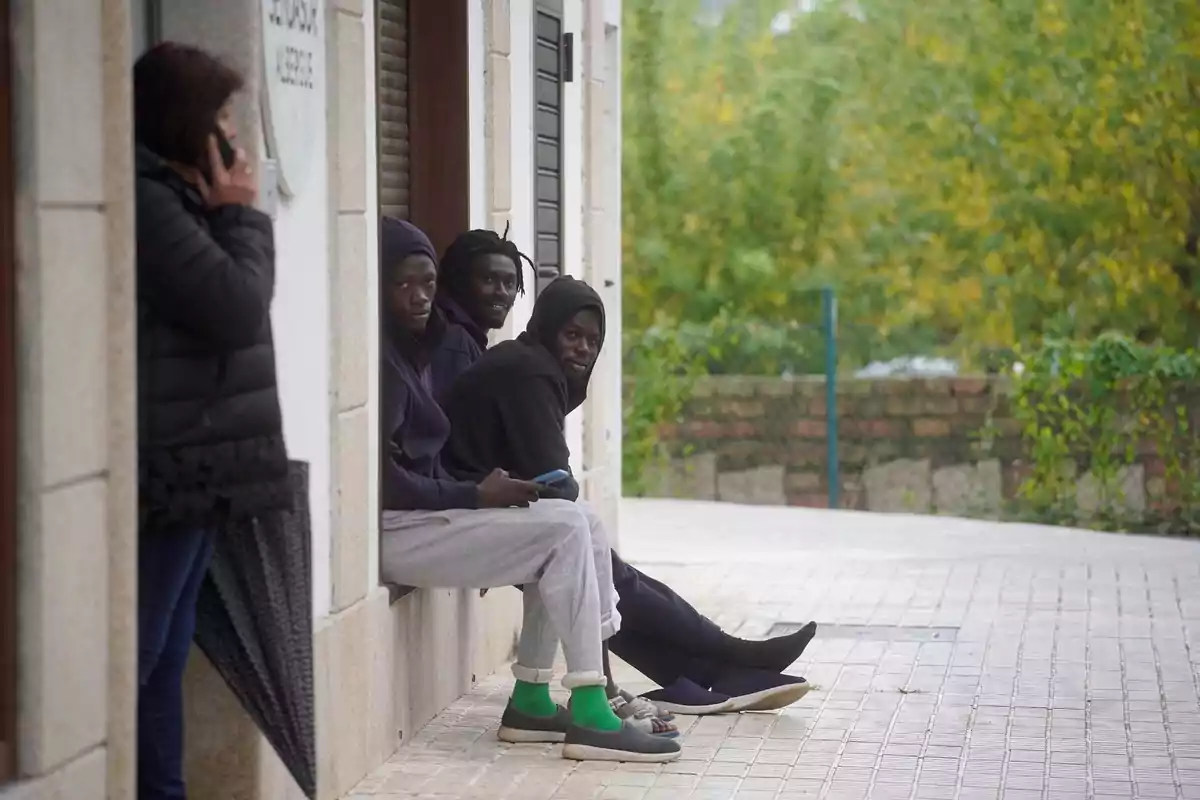
Denmark, the Country Where the Left Has Managed to Reverse Mass Immigration
The government's measures to curb immigration and promote birth rates have neutralized the radical right
"Mass immigration is a threat to everyday life in Europe, and especially to the European working classes. The uncontrolled arrival of immigration devalues wages, distorts the market, and creates security problems. Those who suffer the most are the popular classes, the most humble."
These words were not spoken by Georgia Meloni, Marine Le Pen, Santiago Abascal, or Alice Weidel. They were authored by Mette Frederiksen, president of the Danish Social Democratic Party, Prime Minister of Denmark. She is also the undisputed leader of a new wave of European social democrats in favor of making a pragmatic shift to neutralize the rise of the far right.

Frederiksen's success goes further and is based on overwhelming data that make Denmark an oasis amid the European migration crisis. In a few years, she has reduced the country's immigration by 28% and asylum applications by 82%. 85.9% of babies born are to Danish parents, while in Catalonia, natives do not reach 50%.
The Danish Recipe: Less Aid and a Tougher Stance
The Danish secret is a tough policy that generates almost total consensus among parties and in society. The turning point was 2015, when the radical right achieved a historic 21.5% of the votes in the general elections. It coincided with the collapse of the Social Democratic Party, after having reversed the anti-immigration measures of the liberal-conservative government.
The Social Democratic Party took note of that and initiated a shift that would bring it back to power four years later. The migration policy of recent years, guided by the left, is based on three axes: the tightening of asylum conditions, the drastic restriction of public aid, and an acceleration of deportations.
To obtain papers in Denmark, one must pass a language exam and a test of knowledge of history and society. Any prison sentence automatically prevents one from becoming part of Danish society. Additionally, the criteria for applying for asylum have been tightened, leading many applicants to give up.

In parallel, public aid to immigrants has been drastically restricted to avoid the pull effect. The Social Democratic Prime Minister warned that from now on, to receive aid in Denmark, one had to work. The few aids granted come with a requirement of a minimum number of hours of community work.
The other aspect of Danish migration policy has to do with a tough stance. The Social Democratic Party unashamedly links the increase in insecurity with mass immigration. For this reason, harsher penalties have been imposed in areas where more crimes are committed, and the deportation of illegal immigrants has been accelerated.
Reference for the European Left
The result of this migration policy is that the Social Democratic Party won the elections again in 2022. In contrast, the radical populist right, with the same recipes against illegal immigration, has dropped from 21.5% to 2.6%. Clearer than water.
Mette Frederiksen has become a reference for other European social democrats, such as the Germans or the Nordics. The Danish model shows us that the immigration problem can also be addressed from the left. For example, by rejecting illegal immigration to avoid a distortion of wages.
The Danish example also shows that the left declines when, instead of addressing these debates, it resorts to labels and exclusionary measures. When this happens, the popular classes tend to associate the left with the globalist elite that legislates against their interests. This explains the rise of the populist right, which offers pragmatic solutions to these problems.
More posts: